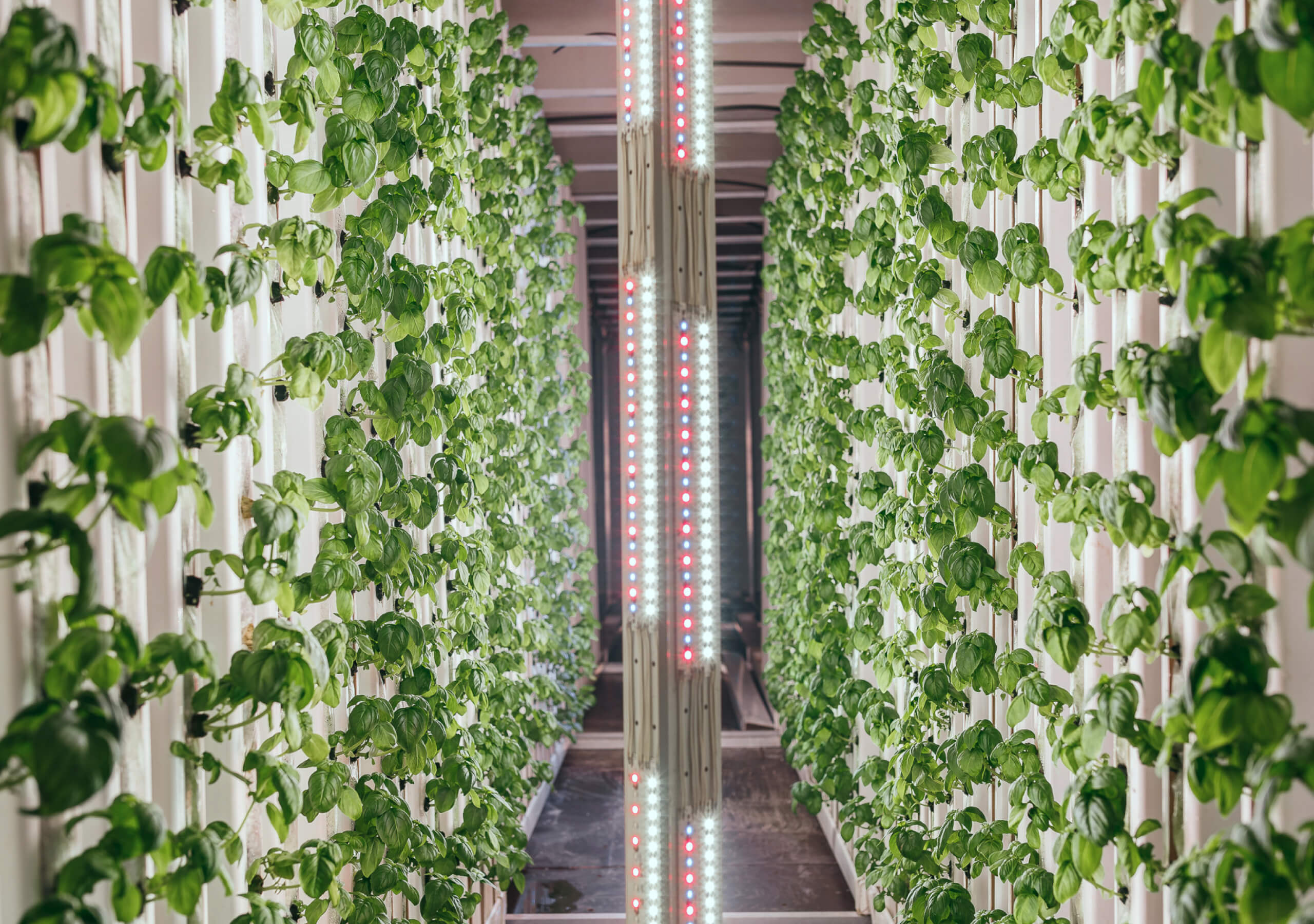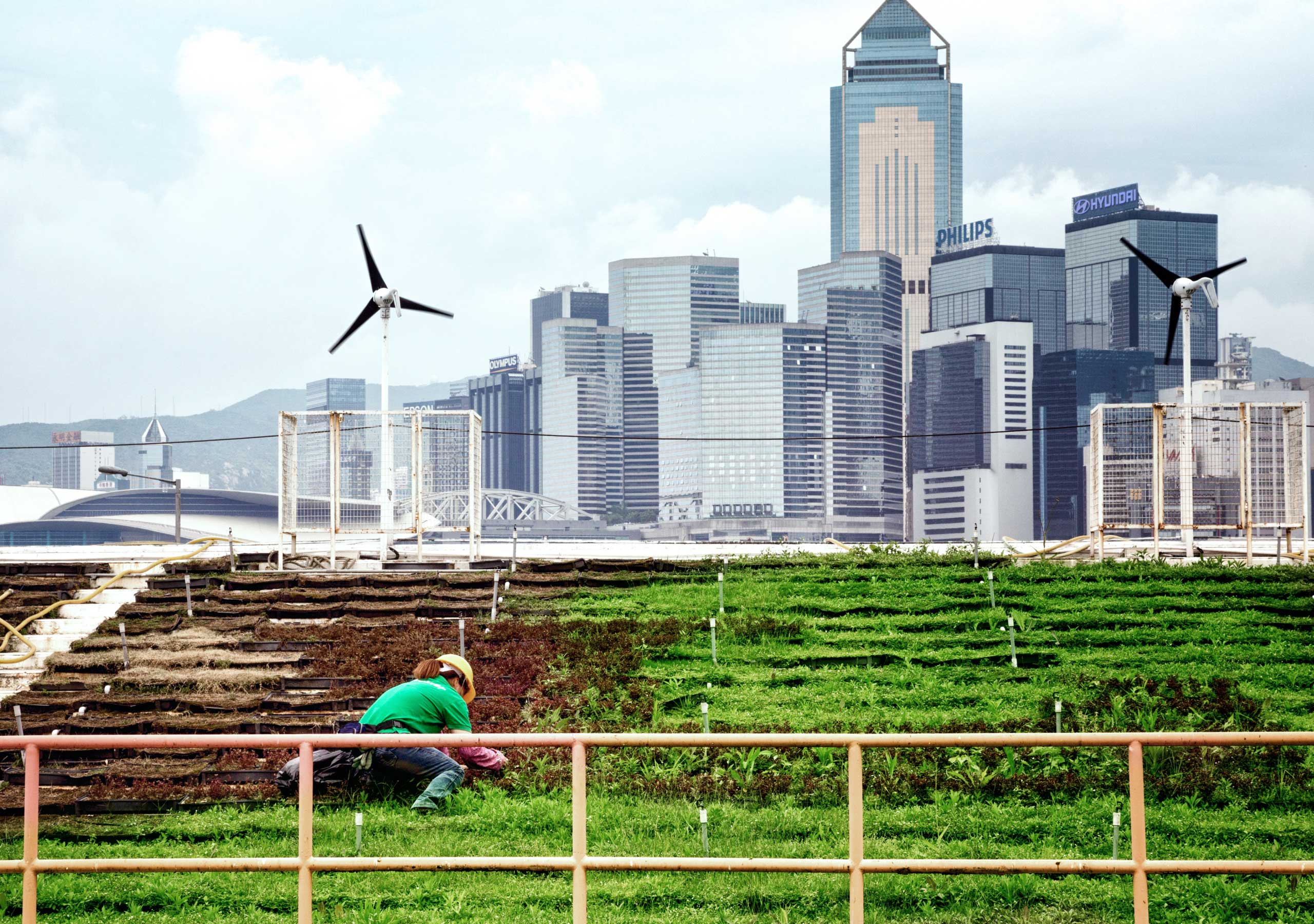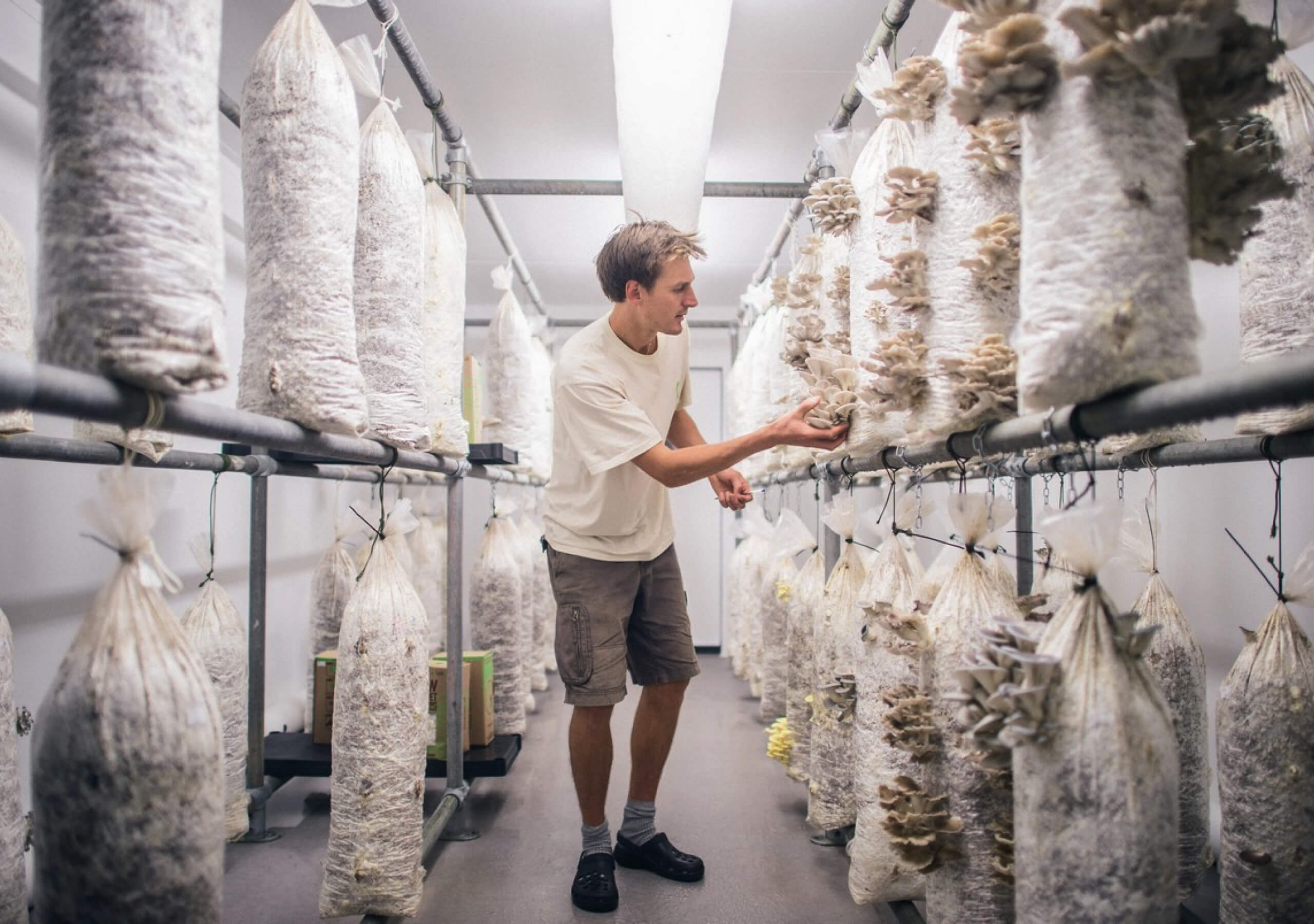According to the UN forecast, by 2050 68% of the world’s population will live in cities. This means that the number of people willing to engage in agriculture will decrease. But there is a way out: modern technologies allow you to grow berries, vegetables, herbs and mushrooms anywhere — even in abandoned subway tunnels and on the roofs of skyscrapers. Plus-one.ru — about how urban agriculture is developing.
City farms are somewhat similar to libraries and allow you to place the maximum number of seedlings in the minimum space
Vertical farming
Vertical city farms are automated agro-industrial complexes. The beds are arranged on special racks, so the farm takes up a minimum of space. It can be installed both outdoors and indoors.
City farms are designed for year-round production. Their owners do not have to fear that the crop will be eaten by pests or that due to lack of watering, the fruits will become bitter. All important processes are controlled by an automatic control program. Sensors check the condition of plants and soil, software is responsible for maintaining optimal temperature, lighting, ventilation and regular watering, and artificial intelligence predicts yield.
Plants in the city farm practically do not need soil: they get everything they need from a nutrient solution that goes to the roots. At the same time, the root system can be located in a substrate, for example, in expanded clay, coconut fiber, peat, or simply hanging in the air. Many crops can be grown in urban greenhouses: greens, lettuce, bell peppers and chili peppers, eggplants, strawberries. Tomatoes and cucumbers are more difficult to cultivate — they take up a lot of space. And root crops, such as potatoes or carrots, do not grow at all in city farms.

For modern consumers, urban greenhouses have become a way to get environmentally friendly products “straight from the garden”
City Farm Market Growth Trends
One of the first commercial vertical farms appeared in Singapore in 2012. The area of this island state with a population of more than 5.5 million people is only 733 square kilometers, about three times smaller than Moscow (taking into account New Moscow), so multi—tiered beds quickly became popular there.
Urban agriculture is actively developing in other countries of the world. So, lettuce and greens are grown in underground bunkers in London, and mushrooms are grown in abandoned branches of the subway. The largest Russian city farm is being built in Yekaterinburg by Agrotechnopharm. More than 95 tons of strawberries per year will be grown on an area of about 1 thousand square meters. m. By 2027, the company plans to build 49 more such farms in different cities of Russia.
For modern consumers, urban greenhouses have become a way to get “straight from the garden” environmentally friendly products grown without pesticides and preservatives. According to the forecast of the American consulting company Grand View Research, by 2028 the global market of city farms will reach $21.15 billion with an annual increase of 23.6%.
The increase in demand will be facilitated not only by the interest in organic food, but also by global warming. Climatologists from Finland believe that yields will decrease in 30% of the agricultural regions of the world, and some plots of land will become unsuitable for growing plants at all. So, on the territory of Russia there are about 100 million hectares of land subject to desertification, and the area of the Sahara has increased by 10% over the last century.

City farms pay off almost twice as fast as classic greenhouses
Cons and pitfalls
In Russia, city farming is just beginning to develop, so the chances of encountering high competition are minimal. But before you start arranging multi-tiered beds, it is worth considering the following nuances:
Significant financial investments are needed. An installation for growing microgreens at home costs 10-40 thousand rubles, and a vertical farm for commercial use with an area of 100-120 square meters. m — 700-800 thousand rubles . But the expenses do not end there. The system consumes a lot of electricity and requires regular maintenance. You will also have to pay for using the software — about 100 rubles per month for each square meter of “beds”.
Insects, such as bumblebees, are required to pollinate some plants. If you are setting up a farm near residential buildings, you need to take care that they do not fly out of the window and settle on the neighbors’ balcony.

Rooftop Farming
Urban greenhouses are also appearing on the roofs of high-rise buildings in megacities. For example, a farm with an area of 14 thousand square meters was opened on the roof of the Porte de Versailles exhibition center in Paris. Its products are used for cooking in a local restaurant. More than 60 types of crops grow on the roof of a supermarket in Brussels, and the Brooklyn Grange company has equipped city farms with an area of 2.2 hectares on the roofs of New York and annually collects more than 44 tons of products from them.
In Russia, they began to use the roofs of houses for landscaping. This trend is especially common in Moscow — meadow grasses, flowers, shrubs and even trees grow here at a bird’s-eye height. Such gardens do not require watering — they have enough rainwater. Perhaps soon farms will appear on the roofs of Russian houses.

In 2009, entrepreneurs from the UK came up with the idea of the mushroom farm Grocery and began to train people in this business
Mushroom Farm
Mushrooms are the best option for urban farming: they do not require a lot of heat and light, which means that electricity consumption will be minimal. Almost any room is suitable, including abandoned parking lots, warehouses, bomb shelters, basements. So, the Grocery company from the UK grows oyster mushrooms on the third floor of an ordinary office building on bags suspended from metal beams. Straw and coffee grounds are used as a substrate, which Grocery employees pick up from local coffee shops every week. In a room of 20 sq. m . m 75 kg of oyster mushrooms grow every week. Farmers collect them and immediately deliver them to customers.
City farming as a factor of urban environment development in the concept of sustainable development
Growing plants in city farms saves natural resources. Water consumption is reduced to 95%, and soil consumption is reduced to 99%. In addition, this approach does not require the treatment of crops with pesticides, herbicides, fungicides. And due to the short path from the “garden to the counter”, the carbon footprint of products is reduced. All this brings us closer to achieving SDG 11 — “Ensuring the environmental sustainability of cities and human settlements”.
City farms can help in the fight against deforestation of the planet. Professor of public Health and microbiology at Columbia University Dixon Despomier noted that if farmers produce 10% of food in an urban environment, this will allow each year to release 34 thousand square kilometers of agricultural areas for reforestation.
Another goal of urban gardening is the elimination of hunger. In some countries, including African ones, there are catastrophically few territories suitable for agriculture. At the same time, the world’s population continues to grow, and with it the number of people facing hunger. The arrangement of city farms can solve this problem, as well as create additional jobs.
A source: https://plus-one.ru









